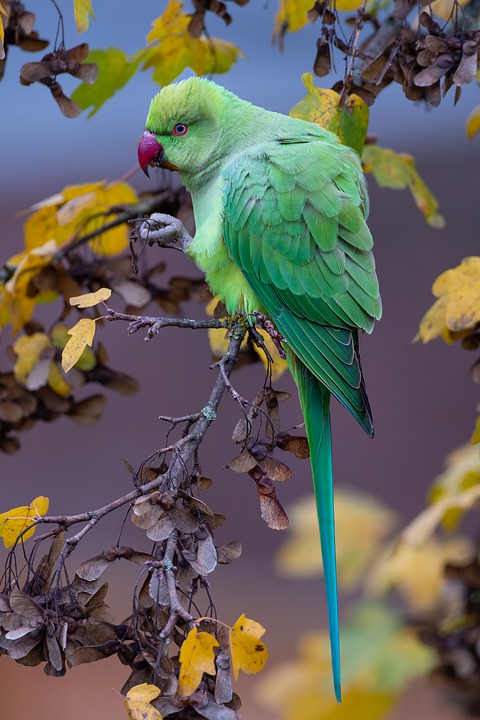Parrot training is a rewarding and enjoyable experience that strengthens the bond between you and your feathered friend. However, some parrots may become anxious during training sessions, hindering their progress and overall well-being. In this article, we will explore effective strategies to discourage parrots from experiencing anxiety during training, ensuring a positive and successful training journey.
Parrots, like humans, can experience anxiety in various situations. Common triggers for parrot anxiety during training include unfamiliar environments, loud noises, sudden movements, and lack of trust. Recognizing the signs of anxiety in your parrot is crucial for addressing and preventing it effectively.
To minimize anxiety during training sessions, it is essential to create a safe and familiar environment for your parrot. Start by choosing the right training area that is quiet and calm, where your parrot feels comfortable. Minimize distractions and ensure the area is well-lit. Additionally, introduce your parrot gradually to new training areas, allowing them time to adjust. Start with familiar objects or toys to provide a sense of security. Utilizing familiar training props, such as a preferred perch or a favorite treat dispenser, can also help alleviate anxiety and create a positive association with training.
Trust is the foundation of a successful training relationship. By building trust and utilizing positive reinforcement techniques, you can help your parrot feel more secure and less anxious during training sessions. Spend quality time with your parrot outside of training sessions to establish a bond. Engage in activities they enjoy, such as gentle head scratches or offering favorite treats, to strengthen the bond of trust. Approach training with patience and consistency, breaking down tasks into small, achievable steps and rewarding your parrot for each successful attempt. This approach fosters a sense of accomplishment and reduces anxiety. Use rewards, such as treats or verbal praises, to positively reinforce desired behaviors. This encourages your parrot to associate training with positive experiences, reducing anxiety over time.
Here are some troubleshooting FAQs to address common concerns:
Q: My parrot becomes anxious whenever I introduce a new training prop. What can I do?
A: Introduce new training props gradually, allowing your parrot time to observe and investigate them at their own pace. Use positive reinforcement to create a positive association with the prop, offering treats or praise when your parrot interacts with it calmly.
Q: How can I help my parrot overcome fear of loud noises during training?
A: Start by exposing your parrot to low-level noises and gradually increase the volume over time. Pair the noise with rewards or distractions, such as treats or engaging toys, to create a positive association. Ensure your parrot feels safe and secure during these training sessions.
Q: My parrot often becomes anxious during training sessions, leading to aggression. What should I do?
A: If your parrot displays aggression during training, it is crucial to prioritize their safety and your own. Seek guidance from a professional avian behaviorist or experienced parrot trainer who can assess the situation and provide tailored advice to address the aggression.
In conclusion, training your parrot should be a positive and anxiety-free experience. By understanding the triggers of parrot anxiety, creating a safe environment, building trust, and using positive reinforcement techniques, you can effectively discourage your parrot from becoming anxious during training sessions. Remember, patience, consistency, and a deep understanding of your parrot’s individual needs are key to fostering a successful training relationship.









